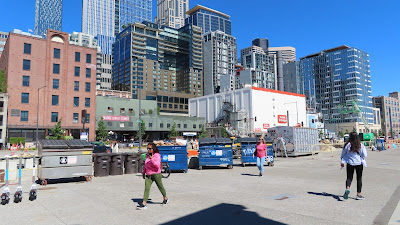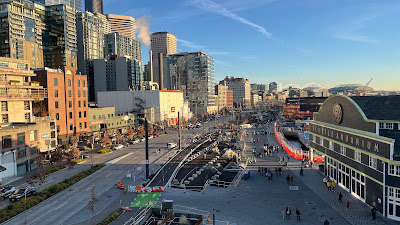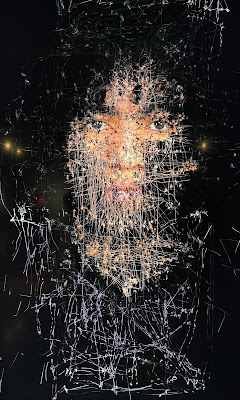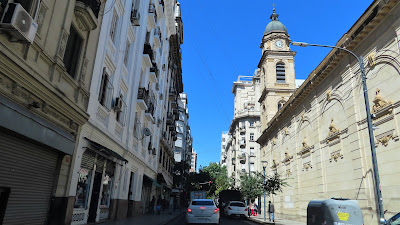For citation, please see this publication on the American Institute of Architects 2025 blog as well.
Models are abstractions, idealizations of the “real” object.
A computerized simulation is generated by a software that intends to simulate an abstract model of a particular system. The computerized models were created in the II World War, with the purpose of simulating a nuclear detonation. After some years, the mathematical models proved to be very useful in the analysis of biological-natural, economical, social, technological, urban systems, among others.
The models’ purpose is to find analytical solutions to real problems and predict the behavior of a system given a series of parameters and initial conditions.
Computer fire modeling uses mathematical equations and computer algorithms for predictions of variable fire dynamics. It is essential to prevent fire damage and enhance the safety of people, buildings and environments.
The accuracy of fire modeling depends on the complexity of the model, the quality of input data and how sophisticated the software is. Here we summarize some of the most relevant.
An interesting experience is to work with Cellular Automata (CA). Originally designed by John Von Neumann and Stanislaw Ulam in the 1940’s, CA is a grid of cells that evolve over time according to rules that regulate how the cells change over time, depending on the state of neighboring cells.
The free CA software Vision of Chaos developed by the company Chaos Group, has a basic application focused on fire spread that could be useful to predict the behaviour of wildfire in a forest. It is a simulation that architects could use as a tool during the design process.
In September 2024, Dr Michael Gollner (associate professor of mechanical engineering at the University of California at Berkeley) and his team at the school’s Fire Research Lab, released a new type of model published in the Proceedings of the Combustion Institute. The researchers created digital models of the historical Tubbs and Thomas fires in the USA to understand their progression. The model’s predictions achieved an accuracy exceeding 85% for fire perimeters and around 70% for the damaged houses. This model is the first to fully reflect how fire moves through structures. (The Guardian US)
The current scientific advances with the utilization of cross data from weather and hazard forecasting has allowed the transition from forecasting fire weather to actual fire activity.
On April 1st 2025 researchers from the European Centre for Medium-Range Weather Forecasts (ECMWF) published a more complete modelization called Probability of Fire (PoF) in Nature Communications . The model uses satellite data on fuel characteristics, ignitions, forecasts and observed fire activity to enhance its accuracy. It also adapts in real time to changing patterns of physical and human behaviors and has the potential to improve the prediction of wildfires. The most important aspect of this model is the incorporation of social interactions and human-influenced hazards, since humans are still modifying the environment.
An interactive map can be seen on pyrecast.org where we can select fuels, weather, risk and active fires. It allows all users, including homeowners and developers, to evaluate the fire hazard conditions of every lot in the USA. The following screenshots are from Los Angeles county and surroundings.
Fire prediction based on weather
Fire risk prediction based on statistics
The map is supported with more information published on blogs and wildfires simulations on Pyregence.
Creek fire, 2020. From Pyregence.
The National Institute of Standards and Technology (NIST) which is part of UL Research Institutes, contributes with continuous research using large scale experiments in combination with softwares like Fire Dynamics Simulator (FDS) to explore fire behavior that is very difficult to understand during experiments.
Setting aside sophisticated scientific models, we recommend the free App “Watch Duty” which contains real-time information relied on radio scanners, firefighters, reporters, government agencies and satellite data. Apart from the maps with different visualizations, the App provides evacuation zones, animal shelters, meal distribution locations, weather reports, notifications, emergency contact groups and preparation checklists.
We all know we have to coexist with fire. Both fire and egress modeling should be used by design and safety professionals to enhance protection, improve architectural design and emergency response strategies.




























































